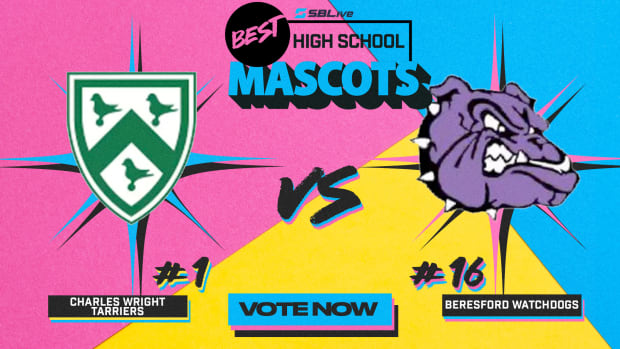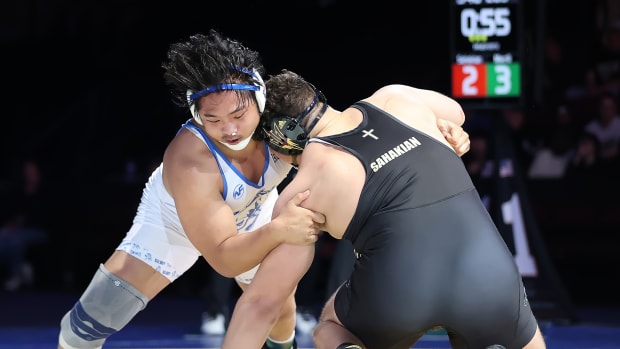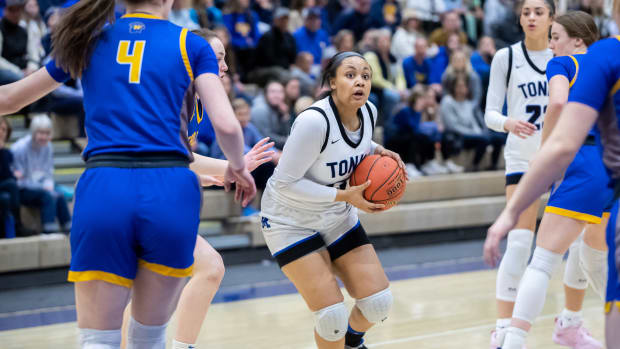MHSAA to vote on addition of 7A classification for as soon as 2022-2023 high school sports season

JACKSON — The Mississippi High School Activities Association in April will vote on a proposal from Director Rickey Neaves to add a seventh classification for schools that compete under its banner starting with the 2022 football season.
Neaves said Friday the current classification system — where teams are ranked from 1A to 6A based on total high school enrollment — has left some teams at a competitive disadvantage because of the gulf in student population between the smallest schools and largest schools in the highest classifications.
“I feel like adding another class will bring more enthusiasm back into all of our sports,” Neaves said. “We have heard a lot from coaches and administrators from the five to 10 schools at the bottom of each class about the discrepancy (in attendance), but we’ve put forward a proposal that we think will benefit competition at every level and benefit every school in the state.”
Under the new proposal, the largest 24 schools in the state would join Class 7A. The next 24 schools — again, ranked by attendance — would be in Class 6A, with the next 24 being in Class 5A. The rest would be divided as equally as possible between Classes 1A through 4A, with the excess schools (some of which do not compete in football) relegated to 1A.
In addition, the regions the proposed reclassification will create for football would extend across all sports, so that teams will have the same region opponents in each sport as opposed to changing opponents from football to basketball and to baseball, and so on.
There are currently 32 teams in 6A, the highest classification under the current system. Using the attendance numbers employed during the last round of reclassification, eight schools — Terry, Lewisburg, South Panola, Petal, Pearl, Olive Branch, Pascagoula, Grenada and Center Hill — would remain in 6A, with the rest of those 6A schools moving to 7A.
There are several examples of how the current system operates at a disadvantage for certain schools, but the most glaring is in Region 2-6A.
Under the current classification system, Grenada High (enrollment 1,057) and Tupelo (enrollment 1,907) compete in the same region. The gulf there is 850 students, which puts Grenada at a nearly insurmountable disadvantage.
Just ask Charger football coach Ashley Kuhn, who had a good team in 2021 and started out 4-0 in non-region play before struggling to a 1-6 record in Region 2-6A games.
Grenada’s total enrollment was within 400 students for three of those first four games. Overall, the Chargers won the lone game in which they had more students (against 4A Pontotoc), went 3-2 against schools with less than 300 more students and 1-4 against schools with a 300-plus student advantage.
To Kuhn, it makes sense to have a seventh class to help balance the regions.
“It was more about depth than anything else,” Kuhn said. “We have good numbers as it relates to our total student enrollment. A big percentage of our kids go out for football. But the discrepancy comes in on the number of kids you have to choose from, and there’s a big difference there. We competed well, but when we had some injuries — as everyone does — we just didn’t have the depth to compete in some of those games.”
Grenada is a good example, but it’s not alone. The current discrepancy between the smallest school in 6A (Center Hill) and the largest (Tupelo) is nearly 900 students.
In Region 3-6A, Pearl (enrollment 1,118) is competing with Oak Grove (enrollment 1,672). In Region 4-6A, St. Martin (1,223) is asked to compete with Ocean Springs (1,786).
Under the new system, and using 2021 enrollment numbers, the gulf between the smallest 6A school Natchez (865) and the largest, Lewisburg (1,212), would be less than 350 students.
The playing field still wouldn’t be completely level in the proposed Class 7A - St. Martin's enrollment of 1,223 is still far outpaced by Tupelo’s 1,907 - but Neaves believes it’s a step in the right direction.
“The current six-classification system has worked fine for a long time,” Neaves said. "But if you can level the playing field and increase excitement and participation, you’ve got to try to do that.”
(Feature photo by Austin Frayser)





